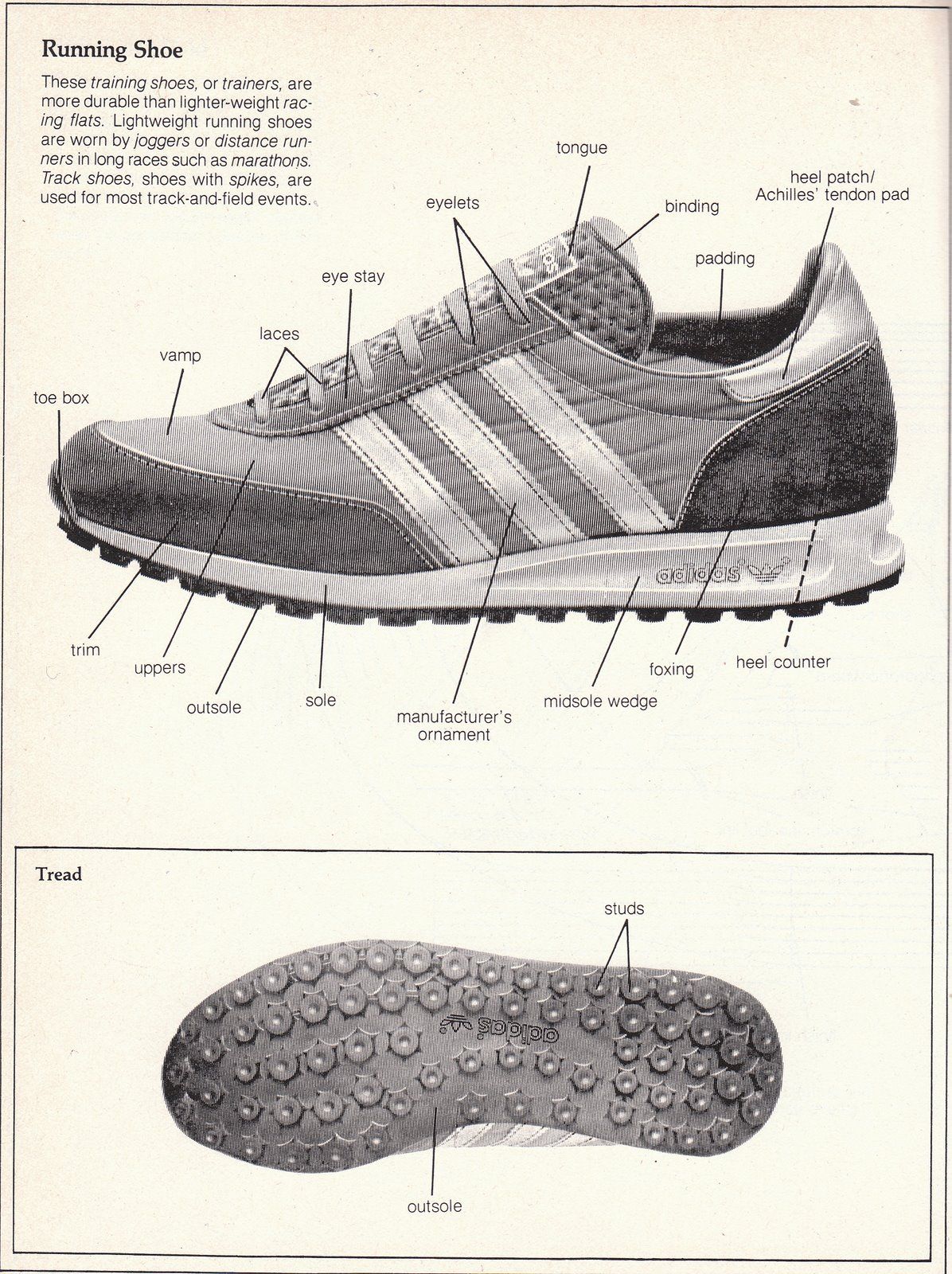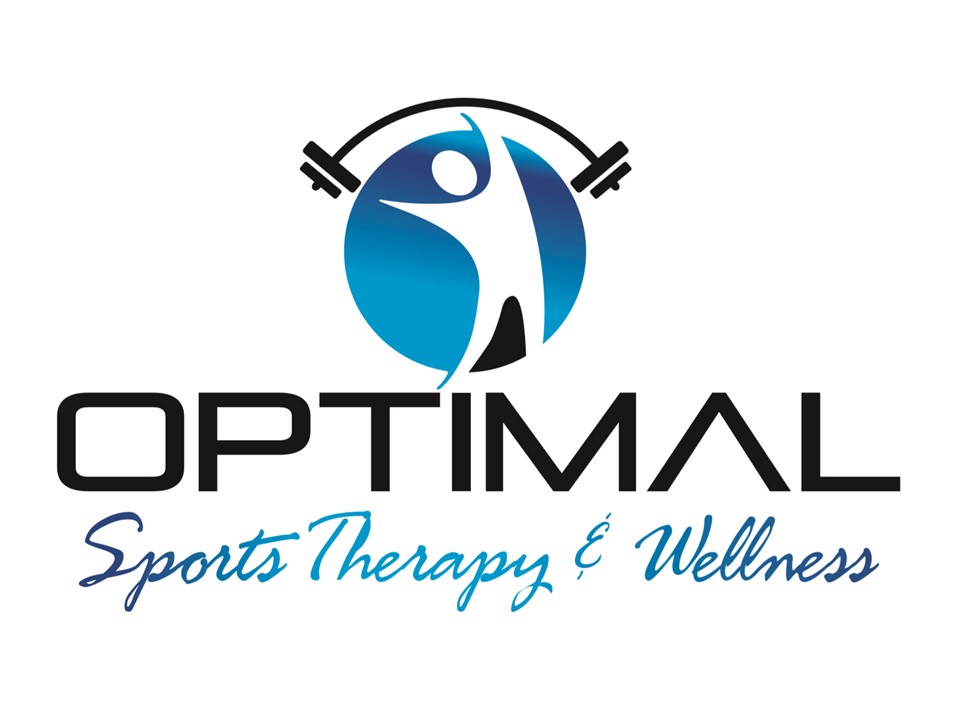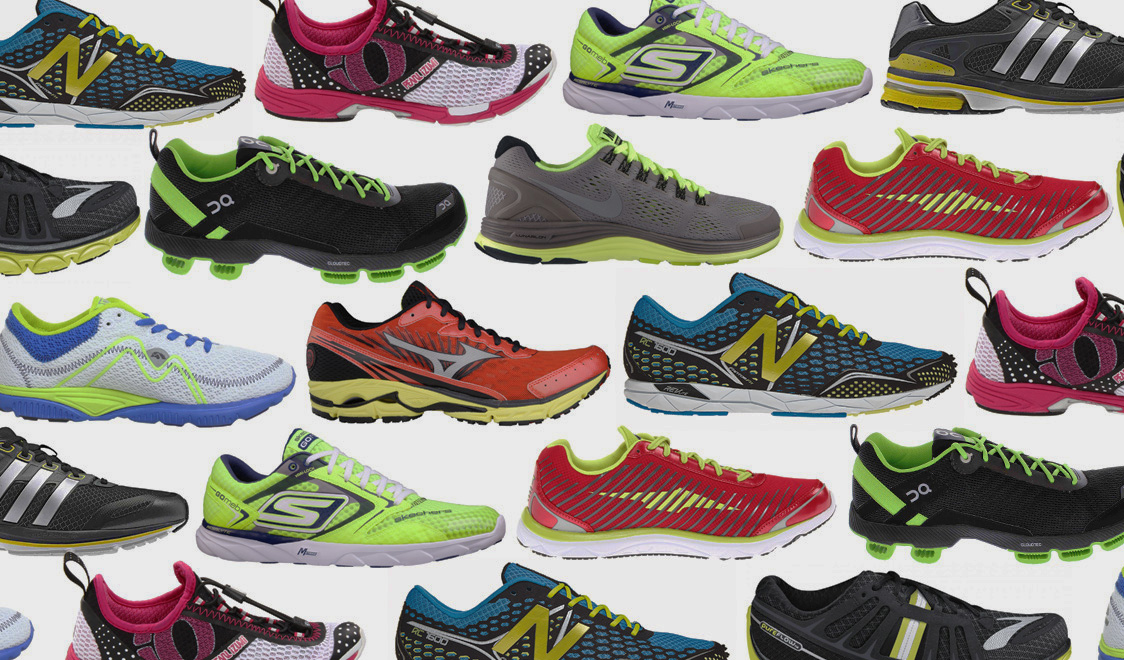(In my last post we talked about feet, big toe extension, bunions, and how to make your foot more FUNCTIONAL! So we must now look at what we are lacing on to our feet.)
LET’S TALK ABOUT FOOTWEAR!
I’d like to talk about some guidelines to consider before you enter the rabbit hole. By the way, please know that there is constant research debunking almost any side of running advice (heel strike vs. mid foot, heel drop levels, how to train for certain distances, orthotics vs. minimalist vs. old school sneakers etc.) so the best thing you can do is educate yourself, make a decision and see how it goes. If you have to go back to the drawing board, then so be it; that’s why we call it training.
Guidelines to consider: (DISCLAIMER! this is based on my anecdotal experience and multiple seminars; take them or leave them).
- The heel drop should not be excessive for most people, so aim for 10 millimeters or less (ideally 4-8 millimeters). Those of you with limited big to extension would probably be better off with a larger drop to minimize compensations.
- The cushion (outer sole) is dependent on how far you’re running. Longer distances (let’s call that more than 5 miles at a time) should have a thick outer sole. You need that absorption and if you’re mid foot striking, your metatarsals will thank you (heel foot strikers, your heels will thank you).
- LACES! I am a true believer in heel locking for athletic performance (not just running). So make sure your shoes have the extra lace hole at the top. Here’s how to perform the heel lock.
- A wide toe box (or “vamp” for our shoe enthusiasts). Again, your feet need to be able to MOVE a little bit. I’m not talking about shifting back and forth in the shoe, but rather the ability for your metatarsals (hand bones of the feet) to expand on impact.
- Durability. Not rocket science, but some shoes get torn up within a few runs, so beware of some of these extreme minimalistic sneakers or super cheap material. (Side note: I love some of the extreme minimalistic sneakers for walking around. Vibrams got a bad rap for making false claims about their 5 fingers and running, but they are great for retraining your foot to work). (Tangent: Going barefoot whenever you can is essential in building a functional foot. Minimalistic shoes will help you out when you don’t want to step on glass or develop a hobbit foot. Actually building a hobbit foot should be a goal of all of us, not the hair, just the functionality. I have more to say about being barefoot, but check out “grounding” or “earthing” so I can get back on track here).
Cliff notes on feet: keep them mobile, choose sneakers for your comfort and purpose. I can’t believe I wrote all of that and can sum it up in 10 words. Breathing will be next in our journey about running.


